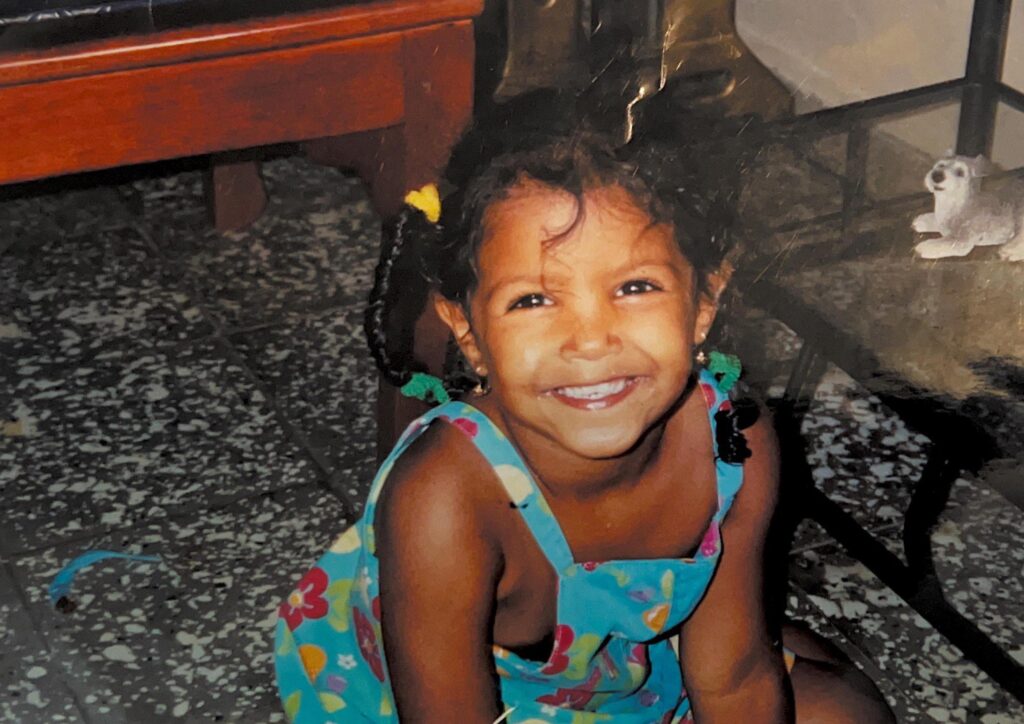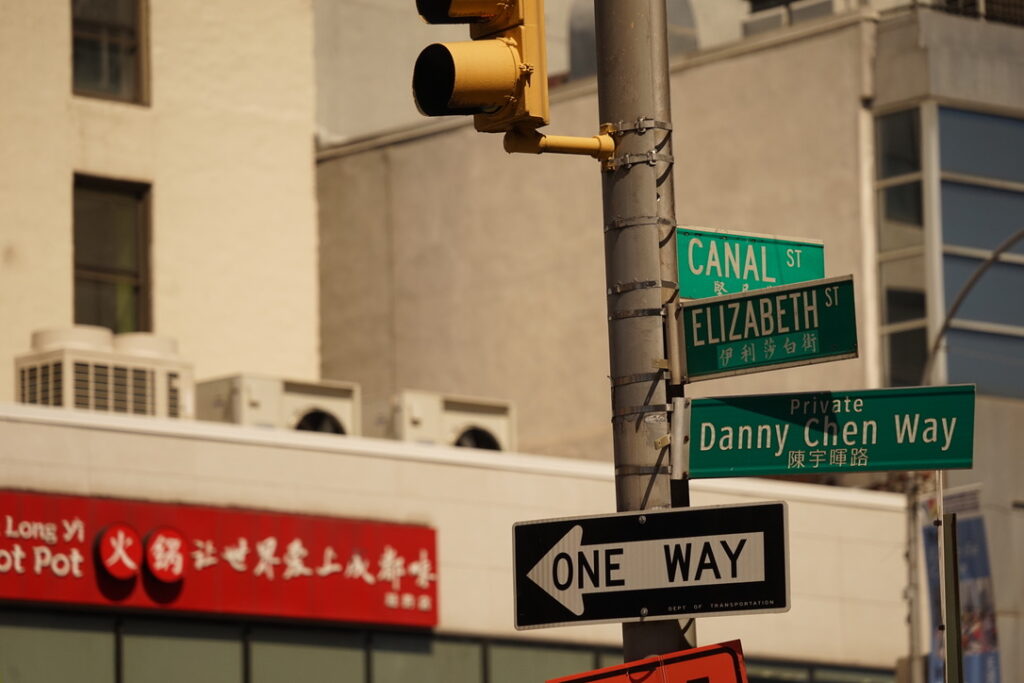In a world reliant on fast fashion, Sophia Hayes is using sustainable design to do her part to save the environment.
In a world of TikTok fashion hauls and Instagram influencers advertising endless Amazon dupes, it’s unsurprising that clothing has lost its financial and sentimental value. The fast fashion industry dumps over $140 million of clothing into landfills every year, which can take over 200 years to decompose.
Sophia Hayes, a Fashion Institute of Technology (FIT) student, has made it her mission to save the environment and end trendy fast fashion one corset at a time. She started her brand CoolGirl Clothes Co. in 2018 but began focusing on zero waste and sustainability in 2020. She is known for her lacey, intricate corsets and lingerie, which give off a mystical and vampiric vibe.
Hayes — decked out in a bleach-dyed tank top, vintage Dickies trousers and layers of silver jewelry — sat down with me over Zoom to discuss her dreams for the brand and how she hopes to change the fashion industry.
This interview has been edited for length and clarity.
So, how did you get into sustainable design?
I stopped using plastic in my personal life in 2020. And then, with all the catastrophizing of the climate, it pushed me further. So, I started to do zero-waste designing. I keep all of the threads, every single tiny scrap. It was the internet that introduced me to the idea and pushed me more into it.
Your designs were part of Natalia Trevino Amaro’s Sustainable New York Fashion Week show this past fall, right? How did you get into Fashion Week?
When I was younger, I did not understand fashion. I thought it was stupid, specifically when discussing Fashion Week and the high-fashion brands.
It was only when I entered FIT [ just over three years ago] that I started to realize, okay, I need to care about Fashion Week. I need to understand what is happening in the industry and how I can make my own space in it. This year was my first ever New York Fashion Week.

Do you see yourself working for a high-fashion brand in the future?
I never want to work for anybody else. I also just learned at school that when you work for a brand, you have to adopt their aesthetic. It’s not about you, it’s about the brand. I respect that; I just don’t think I could be a part of it. I don’t think I could ever change the way that I design to fit into what’s basically a corporate environment. So, I think that I’ll be working for myself for the foreseeable future.
What does sustainability mean to you?
It’s so desperately about the environment for me. The environment is so important to me — staying alive on the planet for a long enough amount of time to experience something like the Great Barrier Reef! That’s something that’s important to me, and we’re murdering it.
And polar bears — have you seen this video?
[shows video of very skinny, starving polar bears]
So it’s very much about others, not necessarily about myself. I want the world to survive.
Why is it so crucial for you to be a part of this?
The fashion industry creates just the most insane amount of waste. I think if the fashion industry pulls it together, we could make a huge difference in the environment. Especially if we stopped using polyester because that uses a lot of fossil fuels, and plastic is just terrible.
So, I feel like this generation of designers, including myself, can make a huge difference in the world’s future if we all decide that this is important to us.
Other than all of that weighing on you, what is the most challenging part would you say about being a sustainable fashion designer?
It’s so expensive. And that wouldn’t necessarily be an issue if people who were buying my stuff understood why it was expensive. It’s disheartening because not only am I a sustainable designer, but I’m also an ethical designer. I know how much it costs to do everything I do for the environment. I buy cotton lining rather than polyester lining, and it’s double the price. I do that consciously, knowing that it’s going to be better. But a lot of people just don’t get it.
New York Fashion Week is often associated with trends and deeming old clothes obsolete. How would you say your work, including the work at your upcoming show, is working to change that?
I, personally, don’t buy into trends. I used to be such a victim of the fashion industry in that sense; I would buy it and immediately hate it three seconds later. But I think just being at FIT and constantly analyzing trends, you start to realize just how much a trend isn’t that important in your own personal design aesthetic.
A trend is important in fast fashion design because they have to push out, sell, sell, sell. But a lot of us don’t care about selling, making money is not our highest priority. All of us are very committed to our aesthetic and committed to making clothing that lasts and is not tied up in what’s trendy.
What are your business goals for the future?
I’ve had my clothing brand for about four and a half years now. And that’s what I plan to do for the rest of my life: grow my brand and make it bigger — obviously keeping ethical business practices and paying everybody a good chunk of money because I know how challenging selling is.
Also, I have met so many amazing people. My goal is that as I become bigger, they become bigger as well. I hope that one day, this little interview right here will be something we can both look back on and say, ‘Oh my God, we were so small.’ That’s the goal. That’s the dream.




